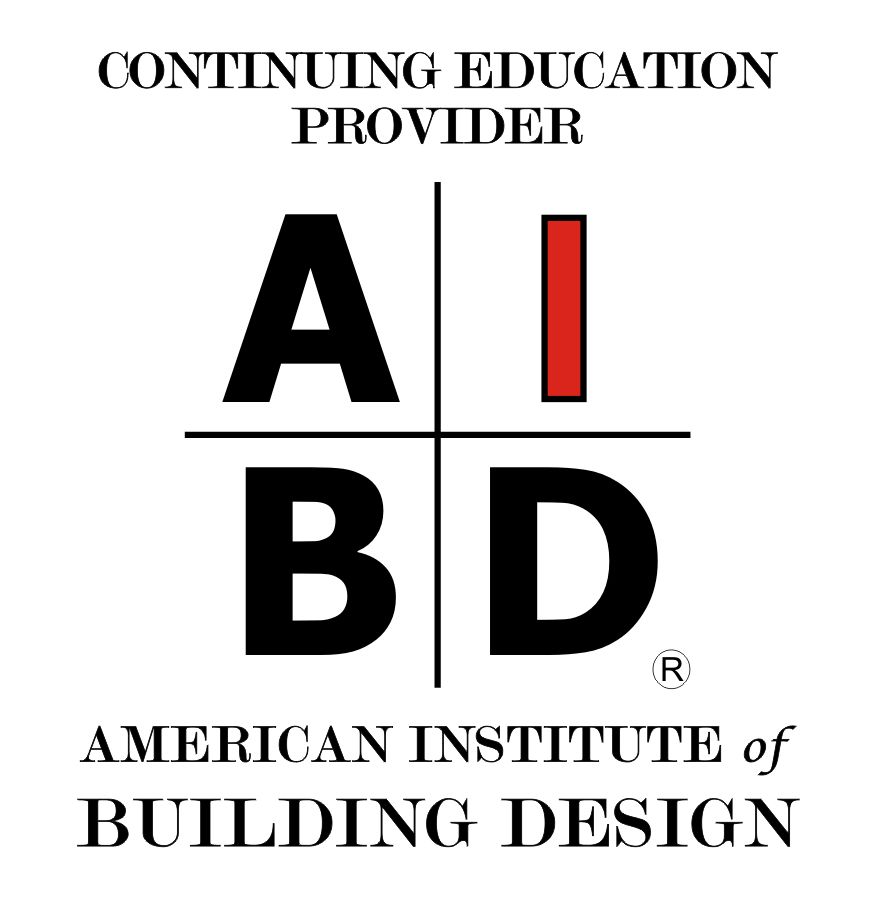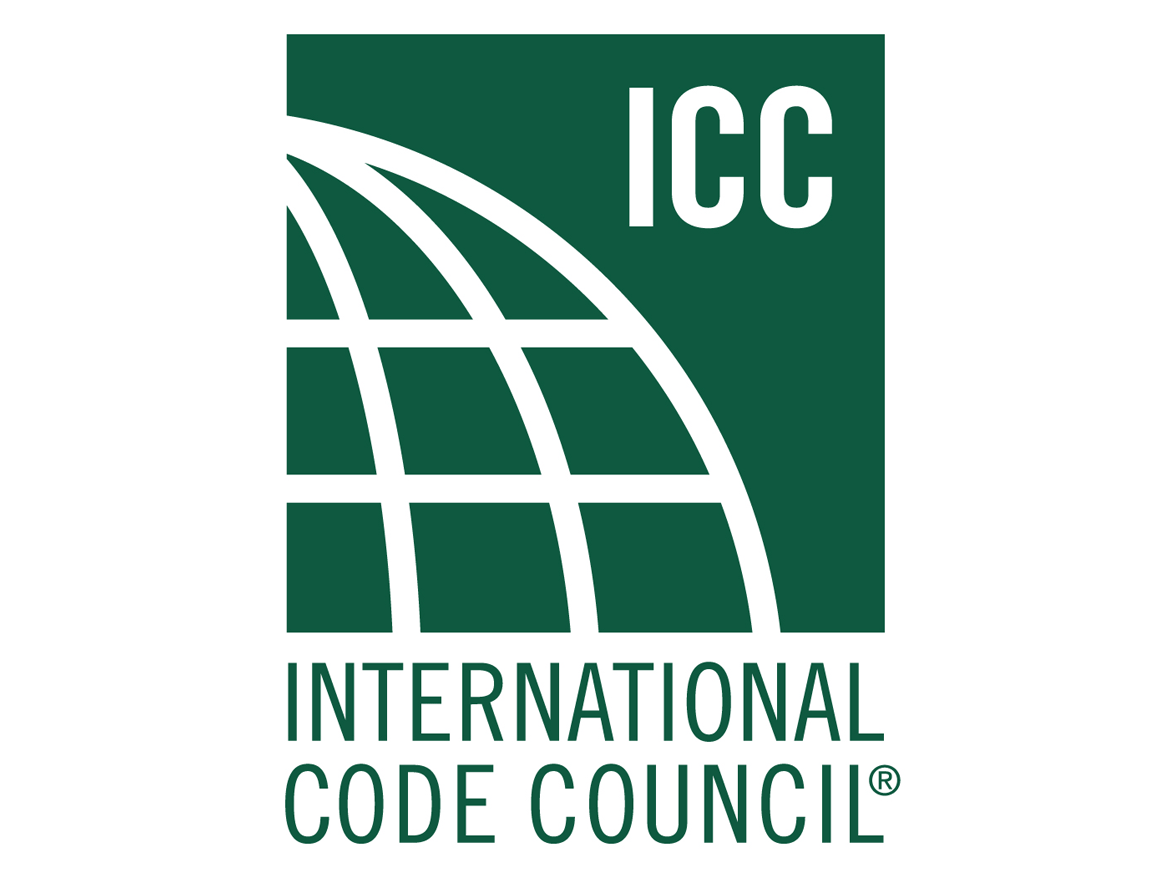Credits: 1 AIA LU/HSW; 1 AIBD P-CE; 0.1 ICC CEU; 0.1 IACET CEU
May qualify for learning hours through most Canadian architectural associations
This presentation will lay the foundation of Embodied Carbon measurement and where concrete fits in the grand scheme of building material choices. Find out the characteristics that currently contribute and sequester carbon in today’s concrete while exploring some of the latest innovations. Designing for the landscape realm, we have the opportunity to not just have more informed product choices but also understand how those products can contribute to a climate-positive design through the system in which they are designed. We will explore key tactics and relevant case studies in North America that deliver positive results. Lastly, we will discuss key attributes of Interlocking Concrete Pavers (ICPs) and Segmental Retaining Wall Systems (SRWs) that will help you design to NetZero project goals.
Learning Objectives:
- Identify the key steps in the process of concrete manufacturing to better understand where the carbon hot spots reside and some of the latest innovations in the marketplace.
- Identify tangible types of Climate-Positive Design, in large- and small-scale planning scenarios as well as systems within those design that help to deliver NetZero.
- Describe the beneficial environmental impacts of permeable pavers on water quality, groundwater sources and sewer systems and their contribution to the reduction of greenhouse gasses.
- List the benefits of real product case studies that delivered tangible results to the community and the environment and identify scenarios in which ICPs and SRWs can be used in place of poured concrete to reduce the embodied carbon value.
Sponsored by:




